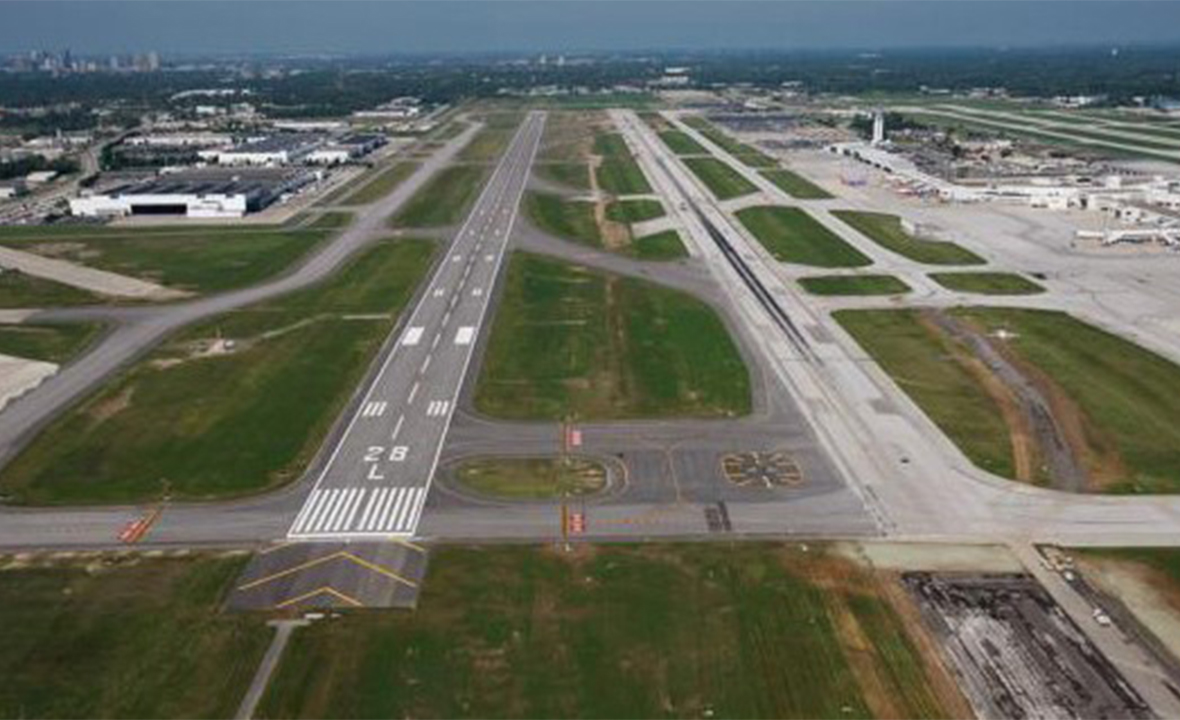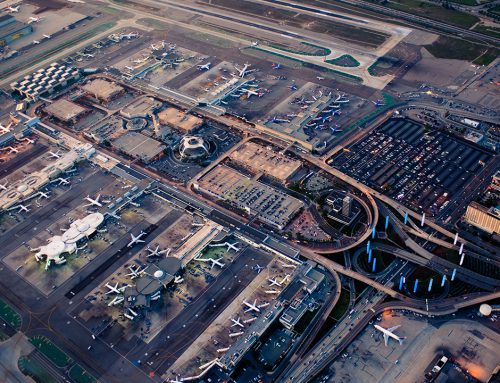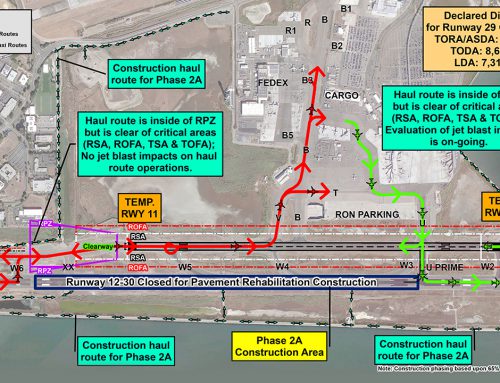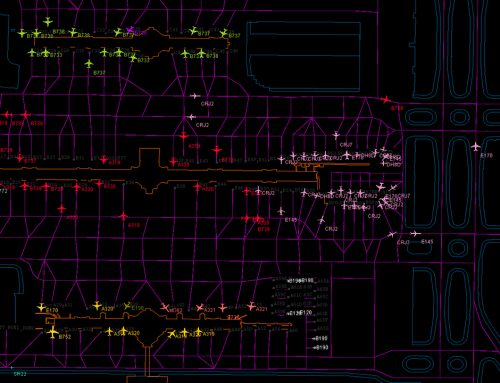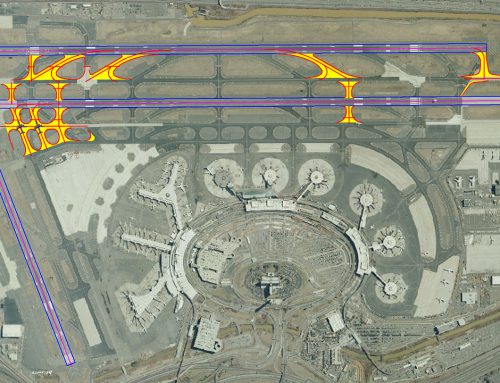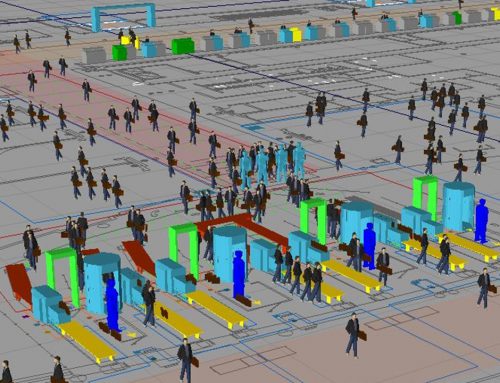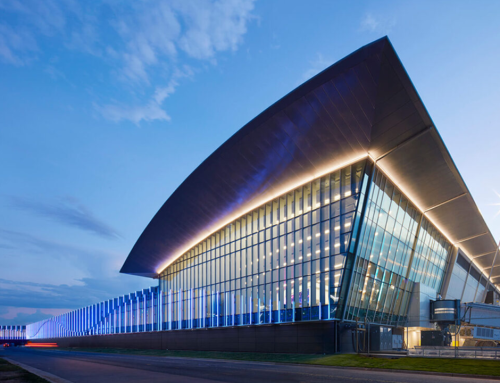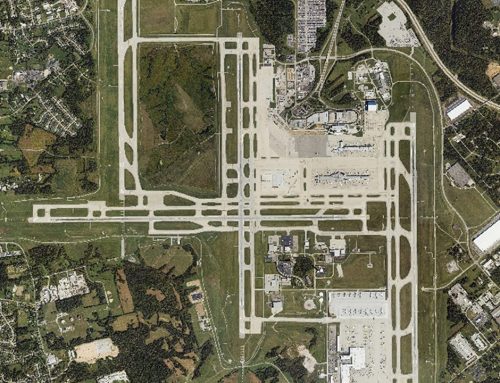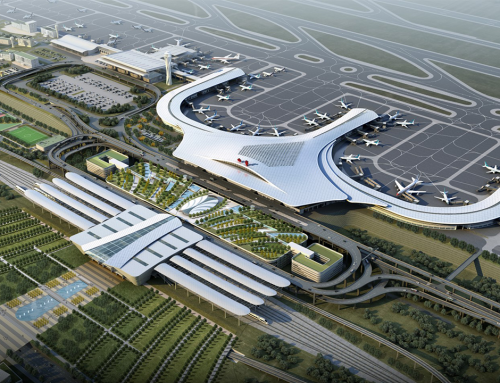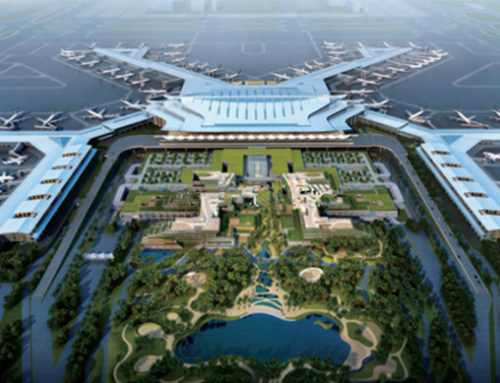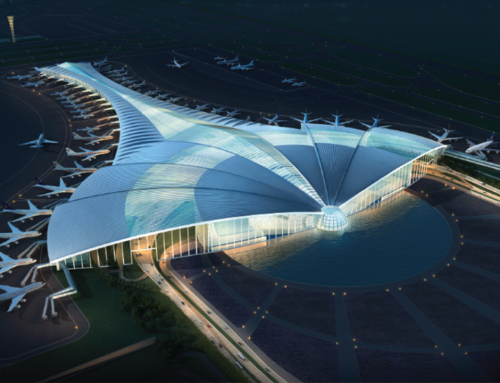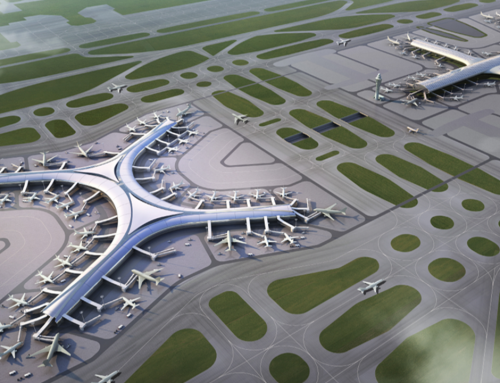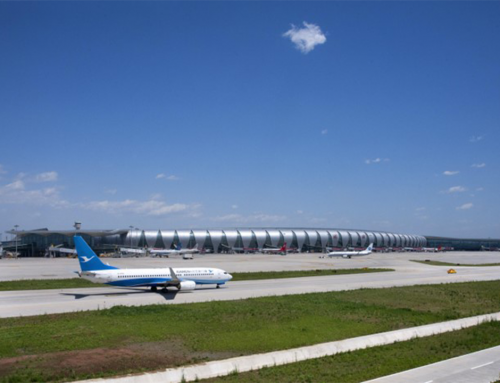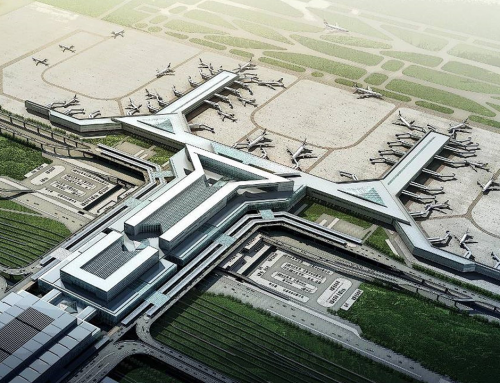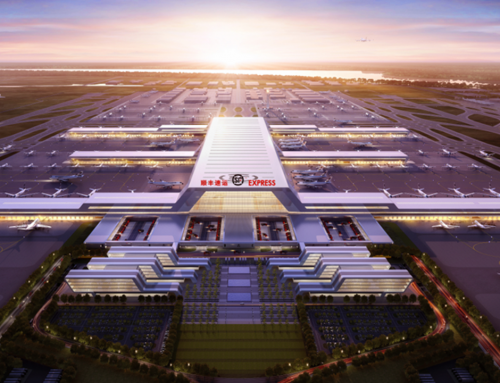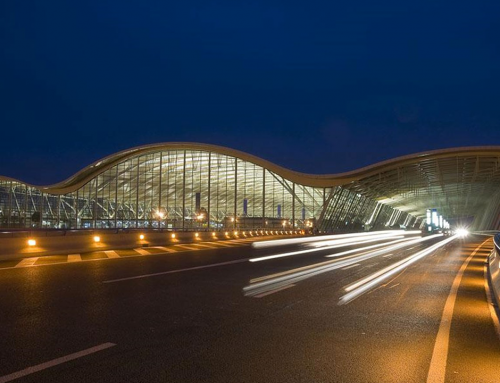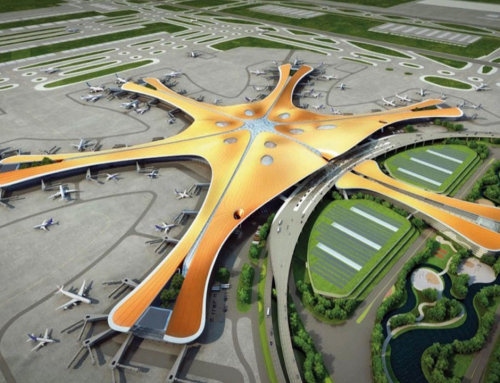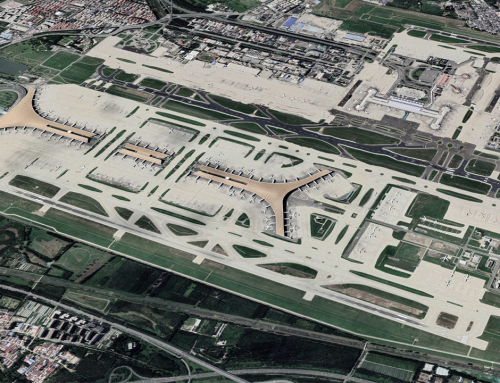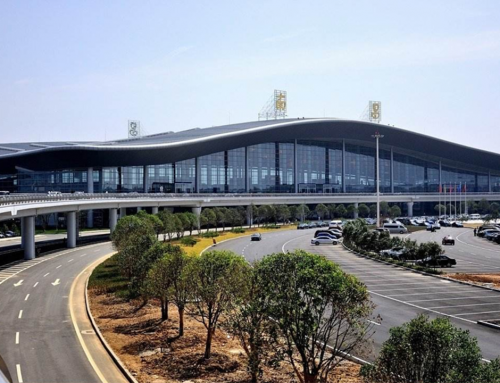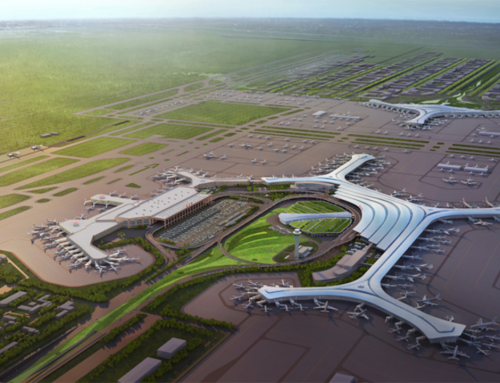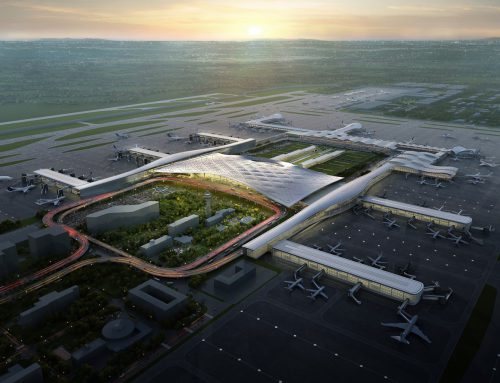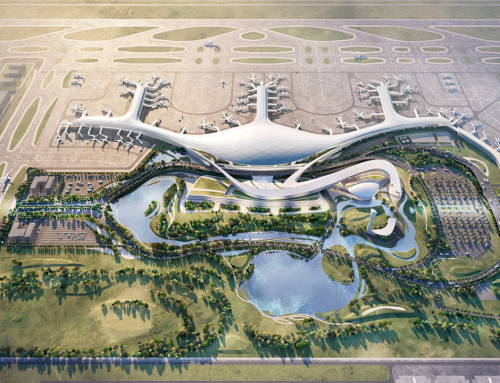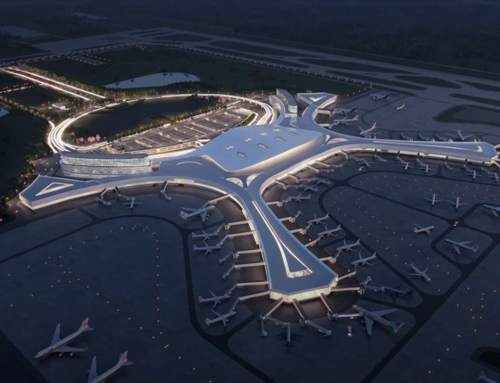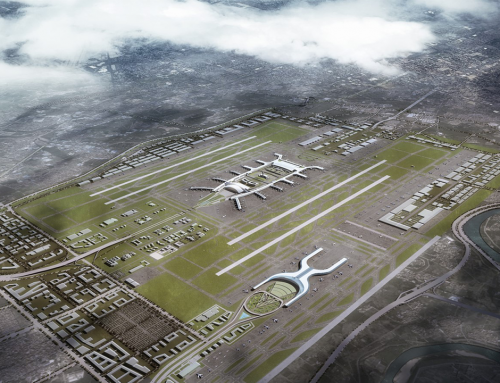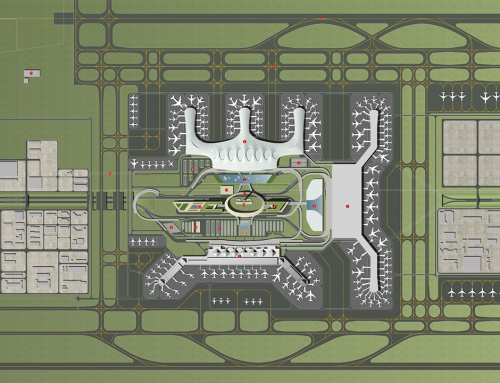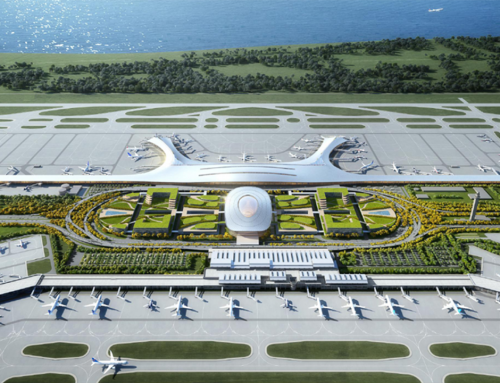Project Description
John Glenn Columbus International Airport
Client: Columbus Regional Airport Authority and Federal Aviation Administration
L&B served as the prime consultant for the Environmental Impact Statement (EIS) for a proposed replacement runway and related development at John Glenn Columbus International Airport (CMH) in Columbus, Ohio.
CMH is the second largest airport in the State of Ohio and the primary passenger airport in the Columbus region. The airfield comprises of two east-west oriented parallel runways with a terminal complex, parking, and other landside development situated between the two runways.
The Columbus Regional Airport Authority (CRAA), owner and operator of CMH, prepared a Master Plan Update study in the late 1990s, which identified numerous facility upgrades required to maintain the Airport’s ability to accommodate forecast demand for air travel. The study identified the need for a new expanded terminal complex in the midfield area between the two existing runways.
The CRAA conducted a terminal planning study between 2002 and 2004 to provide more detailed plans, including the size, location, and layout of terminal improvements. L&B served on the team evaluating potential terminal development options. Through the process, the relocation of the Airport’s existing south runway was identified as an alternative that would provide both airfield capacity enhancements and additional land for terminal development, thereby allowing additional terminal development options to be considered.
The CRAA and the Federal Aviation Administration (FAA) selected L&B in 2004 to prepare the EIS for the proposed runway relocation and terminal development. L&B prepared the purpose and need statement and evaluated an array of runway development alternatives to accommodate potential terminal development options to comply with the National Environmental Policy Act and other environmental regulations.
L&B led a team of environmental professionals whose analysis of environmental conditions included potential impacts to air quality, water quality, wetlands, noise, hazardous materials, historic properties, an 18-hole golf course, and the acquisition and relocation of 35 homes. L&B coordinated with several environmental resource agencies with regulatory oversight confirming the results of the environmental analysis.
In 2009, the FAA issued a Record of Decision (ROD) approving the environmental analysis and selecting the proposed alternative. The relocated runway opened in August 2013. Design for the proposed midfield terminal and other landside development is ongoing.
